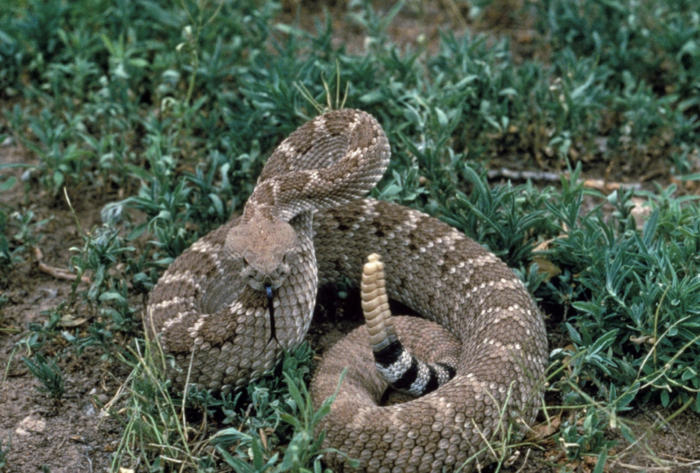The Gadsden Flag and What It Really Means

The phrase “Don’t Tread on Me” isn’t just some old slogan—it’s a battle cry for freedom. It’s a symbol of independence, defiance, and a refusal to be controlled. You’ve probably seen it on flags, bumper stickers, and even T-shirts, but do you really know the story behind it?
Let’s take a closer look at the Gadsden Flag, its history, and why it still resonates today.
What Does the Gadsden Flag Represent?
The Gadsden Flag is one of the most recognizable symbols of American liberty. That bright yellow background, coiled rattlesnake, and the words “Don’t Tread on Me” send a clear message: We are ready to defend our freedom.
Originally designed during the American Revolution, this flag isn’t just about patriotism—it’s about standing up against tyranny, staying vigilant, and making sure no one tramples on individual rights.
The History Behind the Gadsden Flag
The Gadsden Flag dates back to 1775, right at the start of the American Revolution. Christopher Gadsden, a soldier and politician from South Carolina, designed the flag as a symbol of resistance. It was first used by the Continental Marines, America’s first naval force, as they prepared to take on the British.
But why a rattlesnake? Well, back in colonial times, the rattlesnake was often used to represent the American spirit. It’s native to North America, doesn’t attack unless provoked, and gives plenty of warning before striking—qualities that perfectly reflected the mindset of the American colonies.

Over time, the Gadsden Flag became a lasting symbol of American independence, freedom, and self-reliance. Even today, people wave this flag to make a statement about resisting government overreach and standing up for their rights.
“Join or Die” – The Origins of the Rattlesnake Symbol
Before the Gadsden Flag, another famous image used a snake to send a powerful message: Benjamin Franklin’s “Join or Die” cartoon.
Published in 1754, Franklin’s illustration featured a rattlesnake cut into eight pieces, each labeled with the initials of a colony (or region). The message? The colonies needed to unite or risk being defeated.
At the time, Franklin was urging the colonies to work together against French forces during the French and Indian War. However, the image took on a new meaning during the American Revolution—a warning that the colonies had to stand together against British rule.
How “Join or Die” Connects to the Gadsden Flag
While “Join or Die” was originally about colonial unity, its deeper message—strength in numbers and a fierce will to survive—perfectly connects to the spirit of the Gadsden Flag.
- Franklin’s segmented snake represented a divided people who needed to unite.
- The coiled rattlesnake on the Gadsden Flag is that same spirit, evolved—it’s now whole, ready to strike, and warning its enemies: Do not tread on us.
The Gadsden Flag took the original idea of colonial unity and survival and transformed it into a broader symbol of American resistance and self-defense.
What Does the Snake Symbolize?
The rattlesnake on the Gadsden Flag isn’t just there to look cool—it has deep meaning:
- Vigilance: A rattlesnake is always aware of its surroundings and won’t hesitate to defend itself. This represents the need for Americans to stay alert and protect their freedoms.
- Independence: Unlike other animals, a rattlesnake is self-reliant. It doesn’t rely on a pack or herd, much like how the colonies wanted to govern themselves without interference.
- Defensive Posture: The rattlesnake doesn’t go looking for trouble—but if you step on it, you’ll regret it. This mirrors how the early Americans weren’t the aggressors but were more than willing to fight for their rights.
This symbolism goes all the way back to Benjamin Franklin’s famous “Join or Die” cartoon, which depicted a segmented snake as a call for colonial unity. Over time, that imagery evolved into what we now see on the Gadsden Flag—a bold symbol of defiance and self-determination.
Why the Gadsden Flag Still Matters
Even after nearly 250 years, the Gadsden Flag still holds strong. It has appeared in military units, political movements, and cultural statements, always standing as a reminder of the fight for liberty.
While its meaning has evolved in different contexts, the core message remains: Don’t mess with freedom-loving people.
So the next time you see that coiled rattlesnake, you’ll know exactly what it represents—a warning, a statement, and a promise that we won’t back down.
Read the full article here






